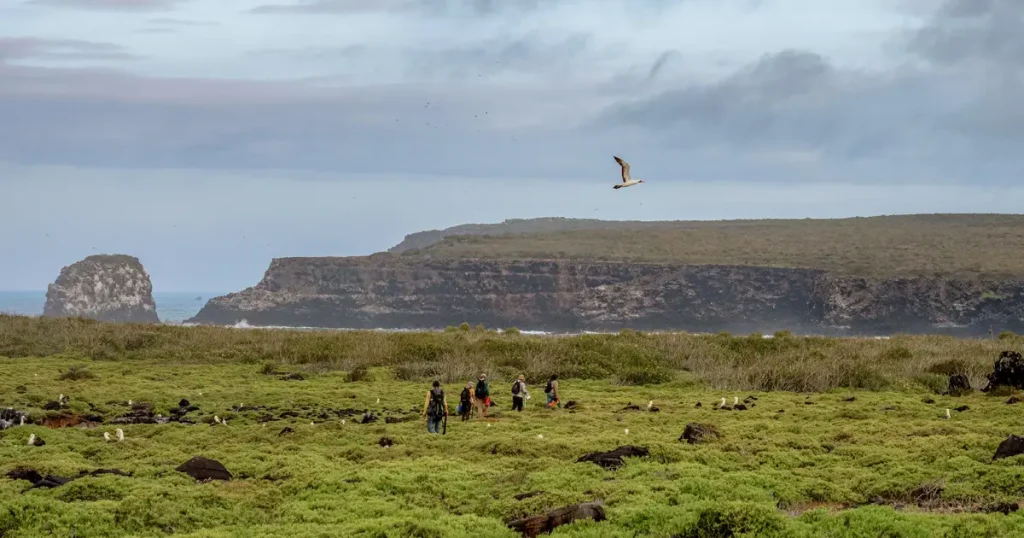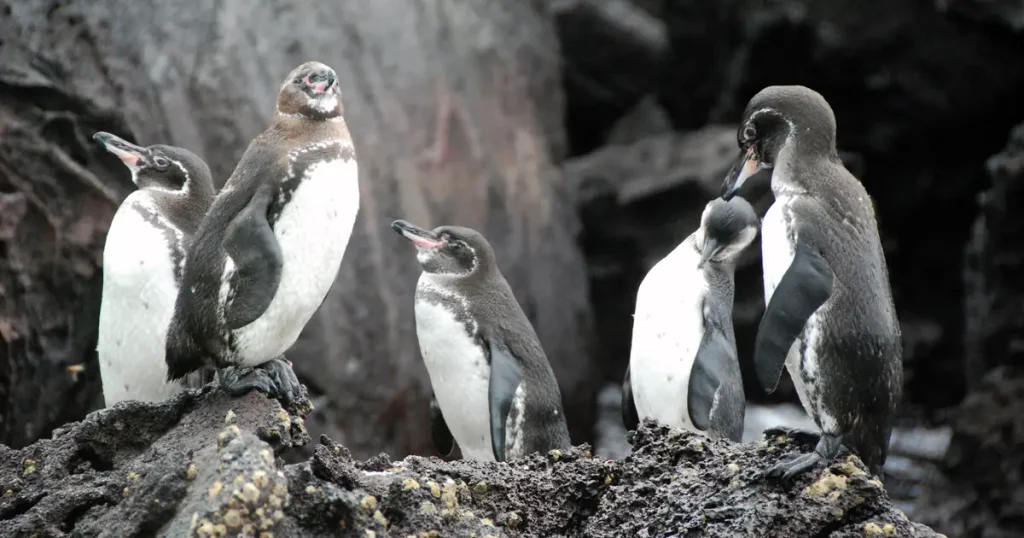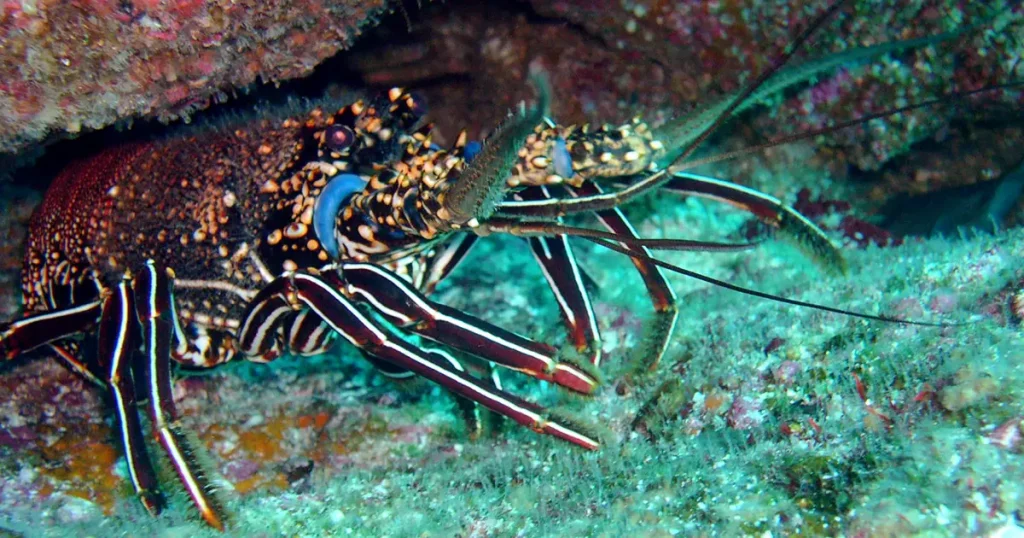The Importance of Galápagos’ Marine and Terrestrial Ecosystems
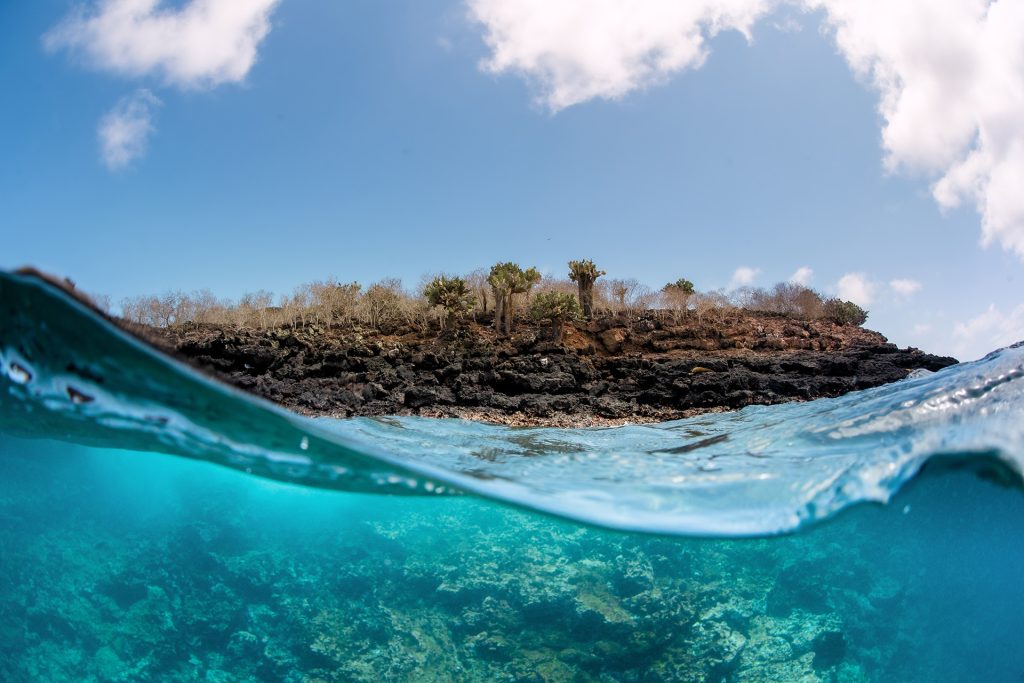
The balance
Ecosystems play a vital role in maintaining the balance of life on our planet. These spaces where living organisms interact with their environment provide crucial services for humanity and the health of our planet. The Galápagos Archipelago is an impressive example of ecosystem importance, with its rich marine and terrestrial environments recognized as a UNESCO World Heritage Site.
Located in the Pacific Ocean
The Galápagos Islands are famous for their unique biodiversity. Beyond being home to iconic, world-renowned species, Galápagos also hosts diverse and delicate ecosystems that play a crucial role in the global balance of nature.
Marine Ecosystems of Galápagos
Oceans form the foundation of life on our planet, and the marine ecosystems of Galápagos are a living testament to this. The waters surrounding the islands comprise the vast Galápagos Marine Reserve (GMR) and host an extraordinary variety of marine life, from colorful coral reef creatures to fascinating marine iguanas and majestic migratory whales.
These waters are not only essential for biodiversity; tourism and sustainable fishing are highly dependent on the health of these marine ecosystems, impacting local and global economies. The GMR, a World Heritage Site, protects vital waters for marine biodiversity and preserves the health of terrestrial ecosystems, as they are closely interconnected. Its significance extends beyond the islands, contributing to the conservation of global marine biodiversity.
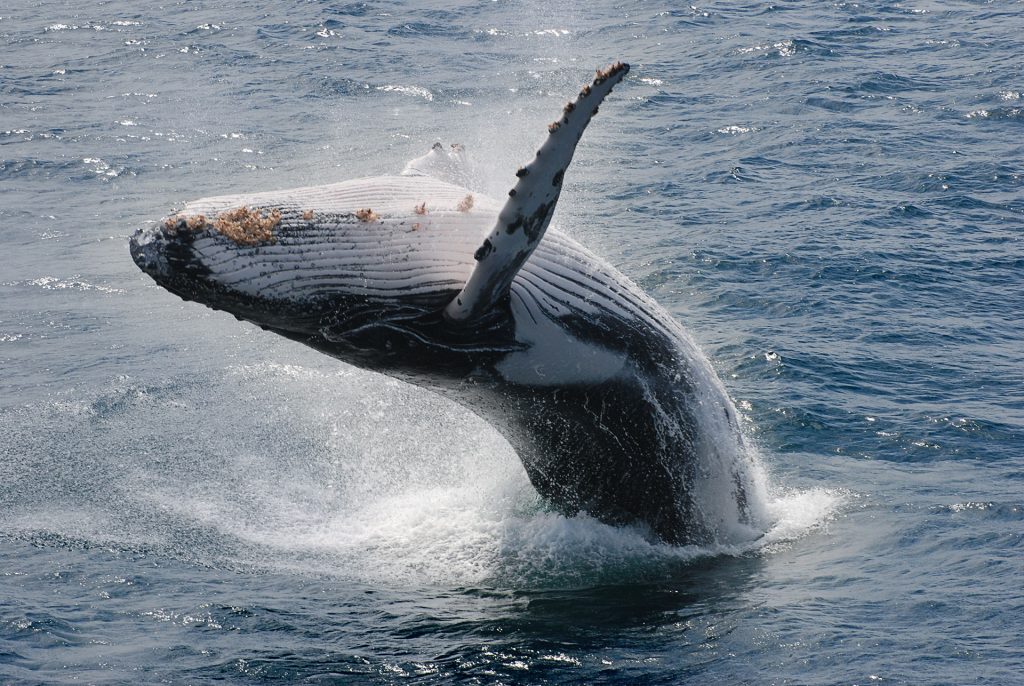
Terrestrial Ecosystems of Galápagos

The Galápagos Archipelago is home to exceptional terrestrial ecosystems with flora and fauna found nowhere else on Earth, such as majestic giant tortoises, scalesia forests, the Flightless Cormorant, Darwin’s finches, and captivating marine and land iguanas, including the famous Galápagos pink iguana. The conservation of these terrestrial ecosystems is critical for safeguarding biodiversity and maintaining the ecological processes that support life on these islands.
The conservation of Galápagos is a collective effort, with the local community, authorities, and scientists working together to ensure the protection of this invaluable natural treasure. For our Director of Conservation, Dr. Jorge Carrión, Galápagos’ marine and terrestrial ecosystems are crucial to life on our planet. “We must recognize and respect the beauty and significance of these environments, ensuring they remain a natural heritage for future generations,” he emphasized.
